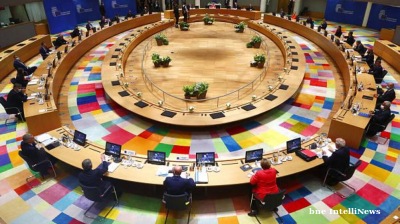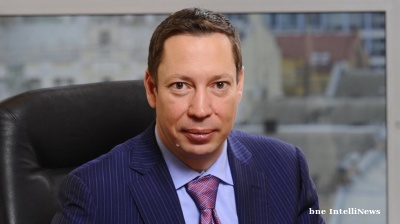Tajikistan heavily reliant on international financial institutions for infrastructure development – report

Tajikistan is almost entirely dependent on international donors to fund 82 government infrastructure projects across a wide range of sectors.
International development entities, led by the World Bank, Asian Development Bank (ADB) and the UN’s International Fund for Agricultural Development (IFAD), are providing roughly 97% of the financing for the 82 projects, which are projected to collectively cost $4.5bn, according to an investigative report published by Asia-Plus. Of the roughly $4.4bn provided by international donors, $3.2bn has come in the form of grants, and $1.2bn in loans, states the report, which cites statistics compiled by the Tajik State Committee for Investment and Management of Government Assets.
Just over 3% of funding for infrastructure improvements, or about $144mn, is coming from Tajik national government funds. Other sources, including local governmental entities and state-controlled enterprises, are kicking in another roughly $6mn.
Of the 82 projects evaluated, the energy-sector has received the largest share of donor funding/investment at $1.6bn, followed by transportation infrastructure ($1.2bn) and education ($426mn), according to the Asia-Plus investigation. The agricultural sector accounted for only $210mn.
Asia-Plus lists the World Bank as Tajikistan’s top international donor, facilitating almost $1.7bn in assistance for a variety of development projects.
Among the Tajikistan-related outlays approved by the bank during the past year is a $350mn International Development Association (IDA) grant to support construction of the Rogun Dam, which has been engulfed in controversy of late amid growing concerns about its profitability as an electricity producer and potentially harmful environmental impact on downstream nations.
Regional media outlets reported in August that the World Bank temporarily has paused its assistance for the dam’s construction until the government demonstrates the project’s economic viability and develops a plan to repay all construction-related loans. Lots of other international development agencies and foreign governments have pledged substantial funds for Rogun construction, including the European Investment Bank (EIB), Asian Infrastructure Investment Bank (AIIB) and the Islamic Development Bank (IsDB), as well as the governments of Saudi Arabia and Abu Dhabi.
A World Bank estimate, dated July 12, 2023, pegs the overall cost of Rogun construction at $5bn. At present, however, Rogun’s estimated price tag is over $8bn and climbing.
Other World Bank-funded projects approved in recent months for Tajikistan include a rural electrification initiative for the mountainous Gorno Badakhshan Autonomous Oblast (GBAO), a programme to “create favorable market conditions for private sector development” and implementation of a socio-economic resilience plan to “strengthen participatory local governance, improve the quality of local infrastructure, both in targeted communities, and increase extracurricular or livelihood opportunities for youth.”
In August, Tajik officials announced foreign direct investment (FDI) totalled $144.7mn during the first half of 2025, representing a 17% decline compared to the amount recorded during the same period of the previous year, Asia-Plus reported. The news outlet quoted Sultan Rahimzoda, the chairman of the State Committee on Investments, as saying several factors were responsible for hindering investment, including “the low speed of the internet and the lack of a sufficient number of flights.”
An investment climate analysis for Tajikistan in 2024 published by the US State Department indicates that there are other tall barriers to FDI, including “regulatory and legislative environments [that] are often opaque in key areas such as taxation, labor law, and health and safety requirements.” It also characterises the business environment as heavily reliant on personal connections, noting that “even large, nominally private-sector businesses are often connected to politically exposed persons, and receive preferential treatment despite running inefficiently.”
“Corruption occurs at all levels, from street-level inspections to irregularities of tender processes and taxation,” the State Department analysis adds.
This article first appeared on Eurasianet here.
News

Georgian opposition pushes for “peaceful revolution” on local election day
Some pro-Western opposition politicians are calling for a huge demonstration to topple Georgia's government, but critics question whether it is wise to place such high expectations on a single protest.
.jpeg)
Maduro proposes direct talks with US as Trump mocks Venezuelan militia
Venezuela’s Nicolás Maduro has extended an offer to engage in direct talks with US Special Envoy Richard Grenell, days after a US military operation targeted yet another vessel allegedly involved in drug trafficking.

Argentine markets rally as Milei seeks US lifeline ahead of Trump meeting
Argentine assets surged on September 22 as the US Treasury pledged unprecedented backing for President Milei's struggling government.
.jpg)
Mexico and Canada close ranks ahead of USMCA review
Mexico and Canada have stepped up efforts to consolidate their bilateral relationship in anticipation of the 2026 review of the United States-Mexico-Canada Agreement.



